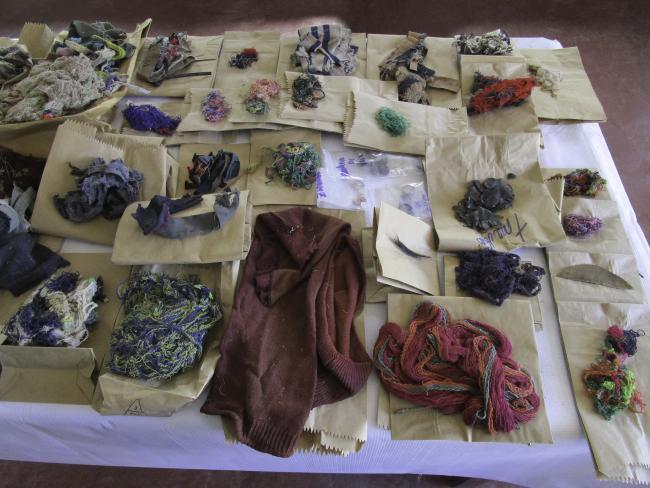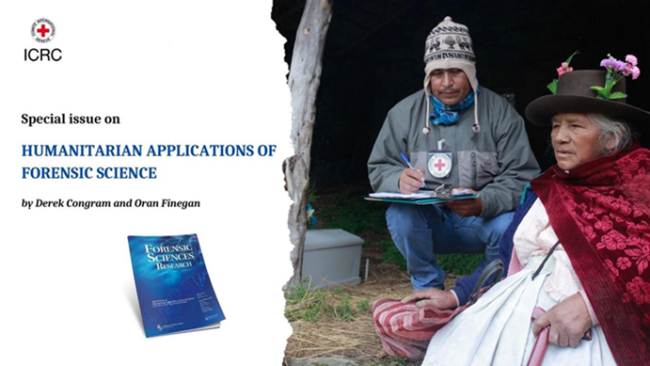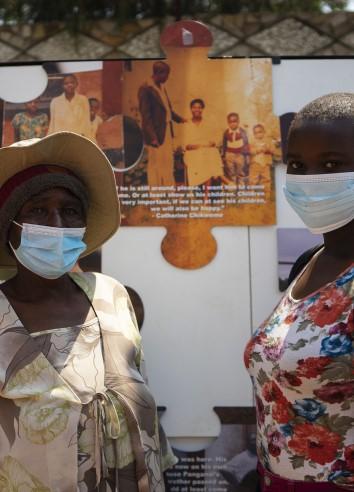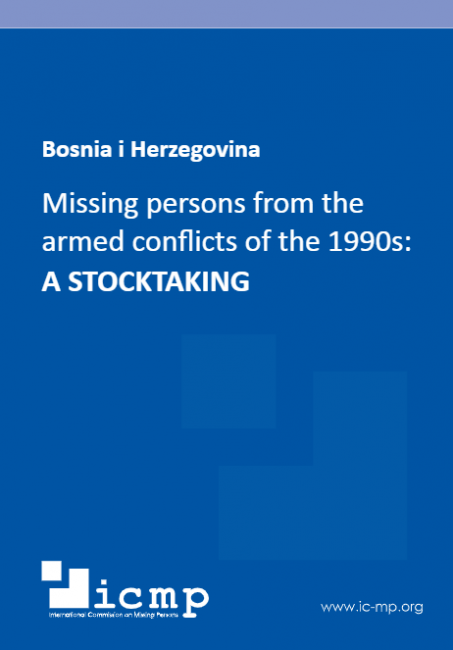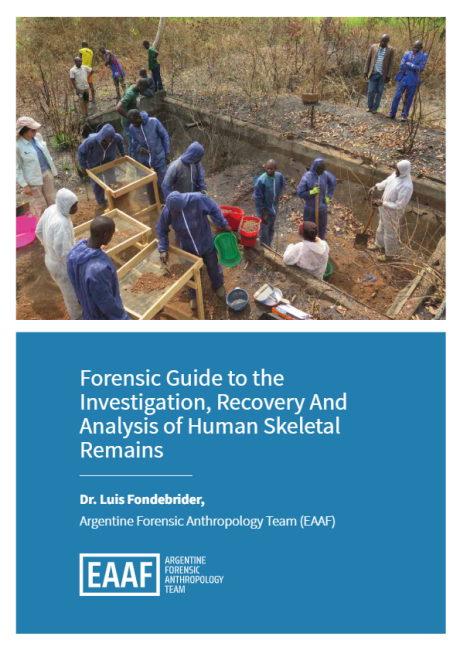Microbial ecogenomics and forensic archaeology: new methods for investigating clandestine gravesites
In the mid-1990s, the crime scene toolkit was revolutionised by the introduction of DNA-based analyses such as the polymerase chain reaction, low copy number DNA analysis, short-tandem repeat typing, pulse-field gel electrophoresis and variable number tandem repeat. Since then, methodological advances in other disciplines, especially molecular microbial ecology, can now be adapted for cutting-edge applications in forensic contexts. Despite several studies and discussions, there is, however, currently very little evidence of these techniques adoption at the contemporary crime scene. Consequently, this article discusses some of the popular omics and their current and potential exploitations in the forensic ecogenomics of body decomposition in a crime scene. Thus, together with published supportive findings and discourse, knowledge gaps are identified. These then justify the need for more comprehensive, directed, concerted and global research towards state-of-the-art microecophysiology method application and/or adaptation for subsequent successful exploitations in this additional context of microbial forensics.


